Reviewed by Corey Noles
Apple's September showcase is just around the corner, and if the rumors hold true, the iPhone 17 Pro will shake things up in ways we haven't seen since the iPhone X era. MacRumors suggests these Pro models are launching in late September with features that could justify another bump in that $999+ price tag. After tracking the iPhone ecosystem for years, I'm seeing patterns that suggest Apple's doubling down on creative professionals—and finally addressing some long-standing complaints.
What you need to know:
Design overhaul incoming: First major camera redesign in five years with a full-width rectangular bump
RAM boost matters: 12GB instead of 8GB means better multitasking and Apple Intelligence performance
All-48MP camera system: Every lens gets the flagship treatment, plus 8x optical zoom
Battery life champion: iPhone 17 Pro Max could hit 5,000+ mAh capacity
Aluminum returns: Ditching titanium for a lighter aluminum frame
Why this camera redesign actually matters
The most dramatic change? That camera bump is getting a complete makeover. PhoneArena reports the new rectangular module spans nearly the full width of the device, looking more like a Google Pixel approach than Apple's traditional square design. The three camera lenses maintain their triangular arrangement, but the LED flash and LiDAR sensor have moved to the far right side.
Here's the kicker: Apple is reportedly upgrading to all 48-megapixel sensors across the camera system. Tom's Guide confirms that includes a 48MP telephoto lens replacing the current 12MP zoom camera. That's not just a spec bump—it enables what Analytics Insight calls "continuous optical zoom" through a moving lens system, potentially offering both 5x and 8x optical zoom options without the usual compromises.
This matters for content creators who've been stuck choosing between fixed focal lengths. Think of it as Apple finally solving the age-old mobile photography problem: getting the exact framing you want without sacrificing image quality. The continuous zoom capability means smooth transitions for video work and precise composition for photography—features that require the processing headroom those 48MP sensors provide.
While the rear cameras get this major upgrade, the front-facing camera is getting love too, with MacRumors reporting an upgrade to 24-megapixel resolution. Combined with the ability to record video simultaneously with front and rear cameras, creators finally get the dual-perspective capture they've been requesting for vlogs, tutorials, and social content.
What makes that A19 Pro chip so powerful?
Under the hood, Apple's next-generation A19 Pro chip promises significant gains over the already-impressive A18 Pro. MacRumors notes it'll be manufactured using TSMC's improved third-generation 3nm process, focusing on efficiency rather than jumping to 2nm technology.
As someone who regularly pushes iPhones to their limits during video editing and photography workflows, the current 8GB RAM limitation becomes obvious during intensive tasks. Apps reload mid-edit, timeline scrubbing stutters with 4K ProRAW files, and background processes get aggressively killed when you're juggling multiple creative apps.
The real game-changer? Memory is doubling to 12GB of RAM. Gulf News points out this isn't just about bragging rights—it's specifically designed to enhance Apple Intelligence performance, multitasking, and pro-level photo/video editing workflows.
That extra memory becomes crucial for Apple's rumored 8K video recording capability. MacRumors suggests Apple tested 8K on the iPhone 16 Pro but held it back. The technical demands are immense: 8K requires simultaneous buffer management for multiple video streams, real-time processing for stabilization and HDR, and background app maintenance for metadata logging—tasks that would overwhelm current 8GB configurations but become manageable with doubled memory.
Getting past the heat problem once and for all
Let's be blunt: thermal management has plagued Pro iPhones during intensive tasks. I've personally had iPhone 15 Pro models throttle during 4K ProRAW burst shooting sessions, and even the improved iPhone 16 Pro can get uncomfortably warm during extended video recording.
Apple appears to have learned from the iPhone 16 Pro's improvements and is taking cooling seriously. MacRumors reports all iPhone 17 models will feature internal design changes for better heat dissipation, with Pro models getting a dedicated vapor chamber cooling system.
This matters more than you might think. Better cooling means sustained performance during 4K video recording, intensive gaming, and those new Apple Intelligence features that rely heavily on the Neural Engine. The iPhone 16 Pro achieved 20% better sustained performance thanks to improved thermal architecture—expect even bigger gains here.
The design shift from titanium back to aluminum might actually help beyond weight reduction. Gulf News suggests this could be for production efficiency, but aluminum's superior thermal conductivity compared to titanium opens up new workflow possibilities. During my testing with various iPhone thermal solutions, aluminum cases consistently outperformed titanium in heat dissipation—Apple's likely applying this principle at the material level.
What does better cooling enable? Marathon editing sessions without performance drops, extended 4K recording that doesn't automatically terminate due to temperature limits, and sustained Apple Intelligence processing for complex photo computational tasks. These aren't just spec improvements—they're workflow enablers.
Why battery life will finally stop being a compromise
Sound familiar? You're halfway through an intensive shooting day, switching between camera apps, editing clips, and your iPhone 16 Pro is already showing battery anxiety by afternoon. Battery improvements represent another major win for professional users.
The iPhone 17 Pro Max is rumored to break the 5,000 mAh barrier for the first time, according to MacRumors. To accommodate this, PhoneArena reports the Pro Max will be about a millimeter thicker than current models.
Here's what that means in practice: the iPhone 16 Pro Max already delivers over 17 hours of video playback. A 5,000+ mAh battery with more efficient 3nm processing should easily push that beyond 20 hours of real-world usage. More importantly for creators, expect all-day 4K recording sessions without the constant battery percentage monitoring that currently plagues intensive workflows.
Charging speeds are getting attention too. MacRumors suggests support for up to 25W wireless charging with Qi 2.2 chargers, while PhoneArena reports 27W wired charging that could spike to 40W in certain scenarios. These speeds matter when you're trying to top up between shoots or during brief breaks in intensive workflows.
What this means for your upgrade timeline
Here's my take after following Apple's release patterns: if you're on an iPhone 14 Pro or older, the iPhone 17 Pro represents the biggest single-generation leap we've seen in years. The combination of design changes, camera overhaul, doubled RAM, and improved thermals addresses nearly every complaint I've heard about recent Pro models.
For iPhone 15 Pro users, the decision gets more nuanced. If you're currently shooting 4K ProRAW regularly or running into app reload issues during intensive workflows, the doubled RAM alone justifies consideration. The all-48MP camera system and 8K capability future-proof your content creation setup significantly.
iPhone 16 Pro users have the toughest call. The improvements are substantial—new design, doubled memory, better cooling, enhanced cameras—but you're already working with Apple's latest silicon and improved thermal architecture. Unless you're consistently hitting the 8GB memory wall or need the specific camera improvements for professional work, waiting might be the smarter financial play.
Tom's Guide expects prices to inch upward from the current $999 iPhone 16 Pro starting price. Given the feature improvements, particularly that 12GB RAM boost and all-48MP camera system, the value proposition still looks solid for creative professionals and power users.
The timing works out well too. Mark Gurman predicts a launch window between September 8-12, giving Apple's supply chain time to ramp up the new aluminum frame production and those redesigned camera modules.
PRO TIP: If you're planning to upgrade, start backing up your current device now and check your carrier's trade-in values. The iPhone 17 Pro's feature set suggests it'll be a popular upgrade target, potentially affecting trade-in pricing.
Where do we go from here?
The iPhone 17 Pro feels like Apple's answer to years of "iterative" criticism. PhoneArena notes this represents the most substantial upgrade package in recent memory—new design, doubled RAM, completely revamped cameras, and true pro-level thermal management. For creators who've been pushing current iPhones to their limits, these aren't just spec bumps—they're workflow enablers.
September can't come fast enough. Between the camera redesign that finally embraces the "Pro" moniker and performance improvements that should keep pace with desktop-class tasks, Apple's betting big on users who want more than just a phone. Based on what I'm seeing in these leaks, that bet might just pay off.
The question isn't whether the iPhone 17 Pro will be impressive—it's whether you're ready to pay premium prices for genuinely premium capabilities. After years of incremental updates, that trade-off might finally make sense again.




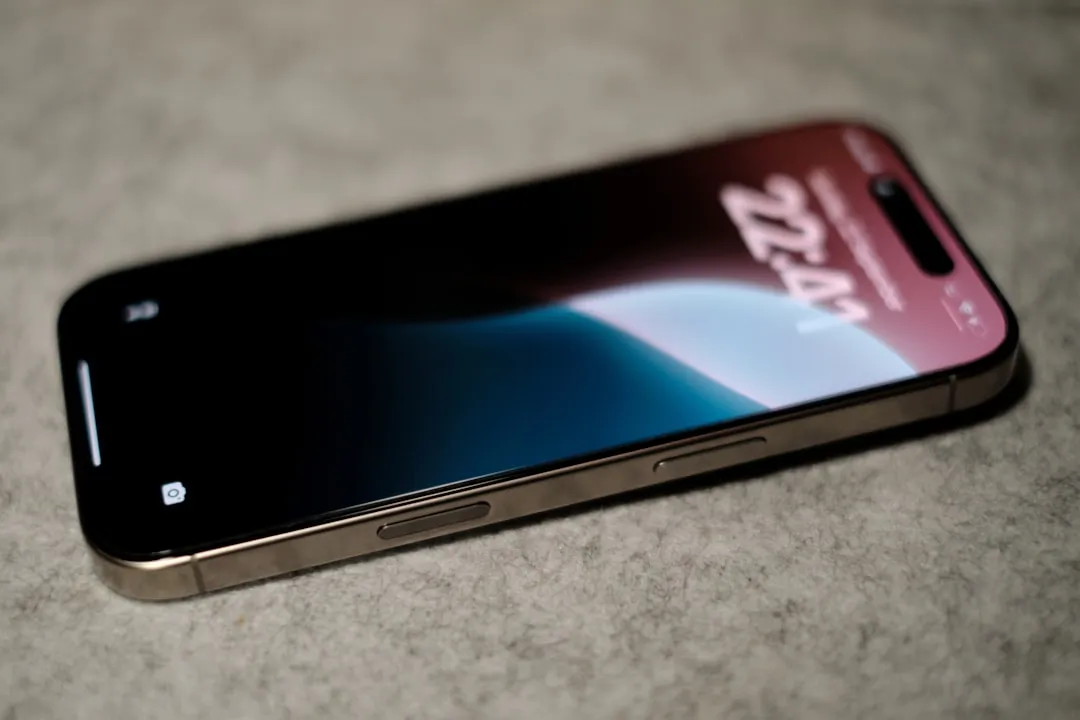
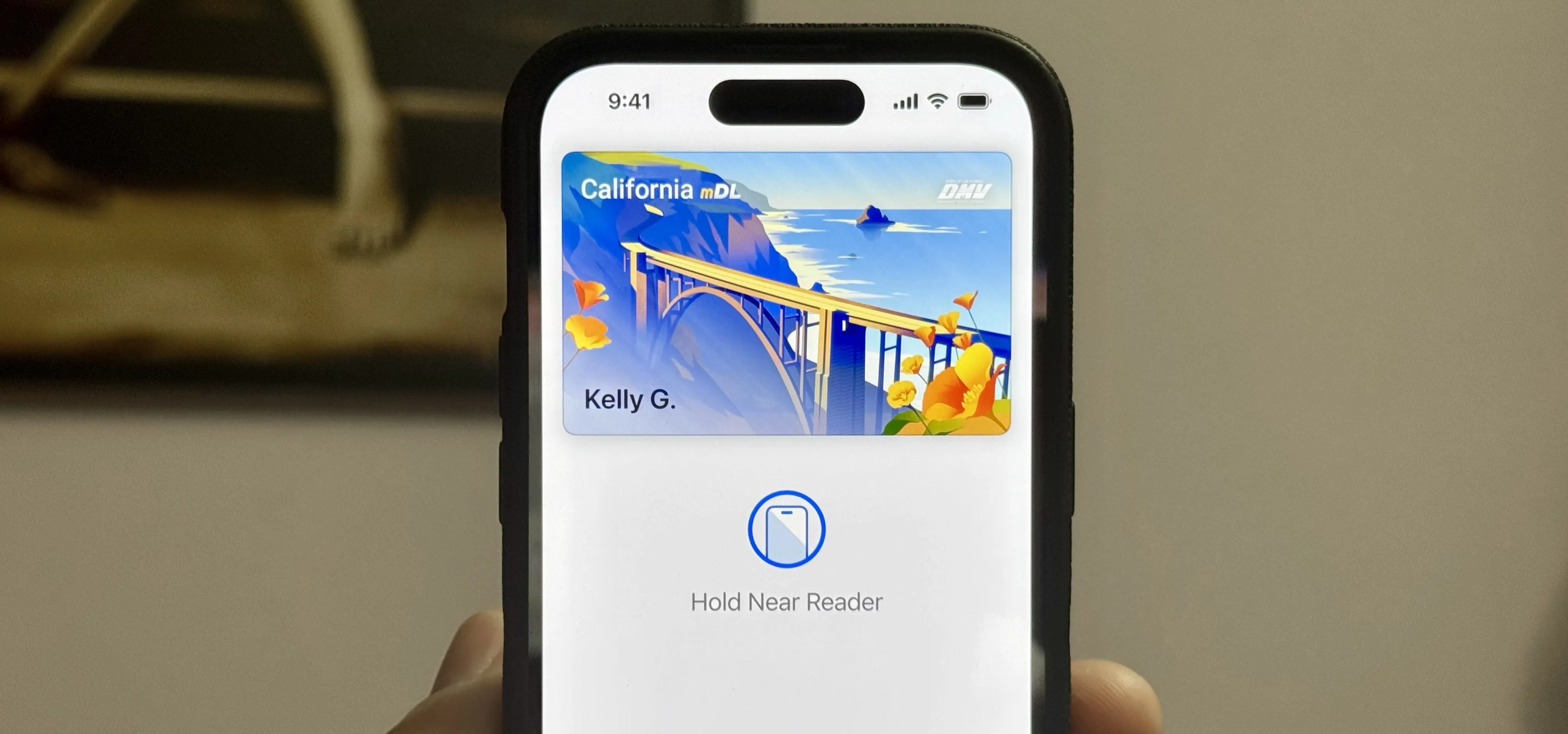
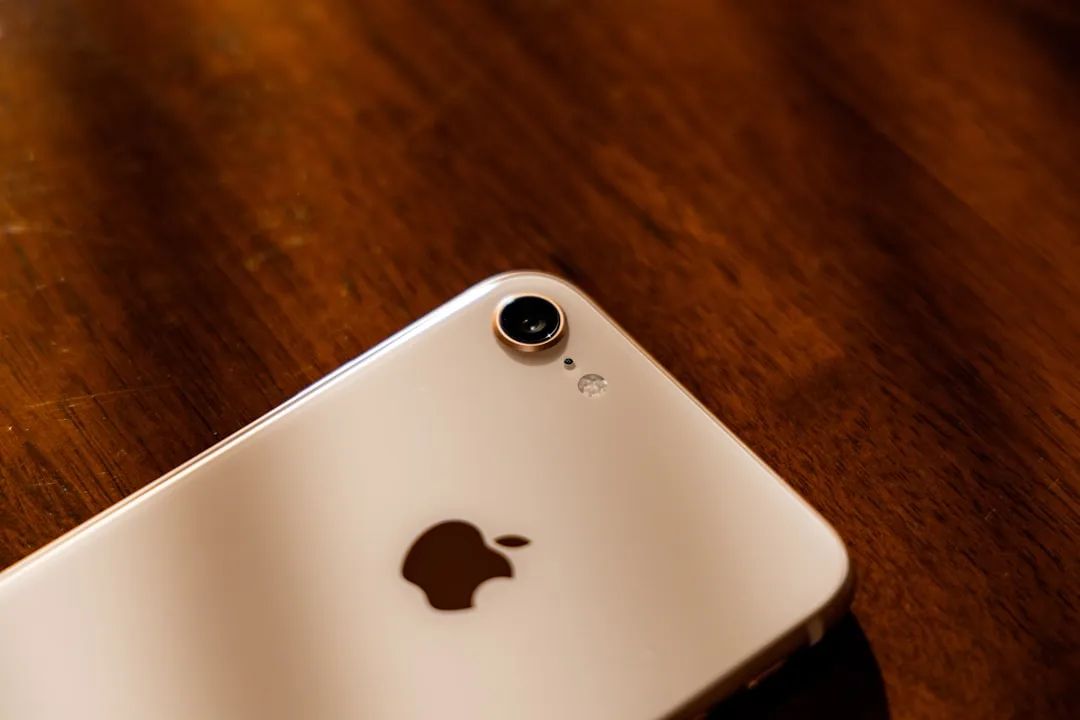
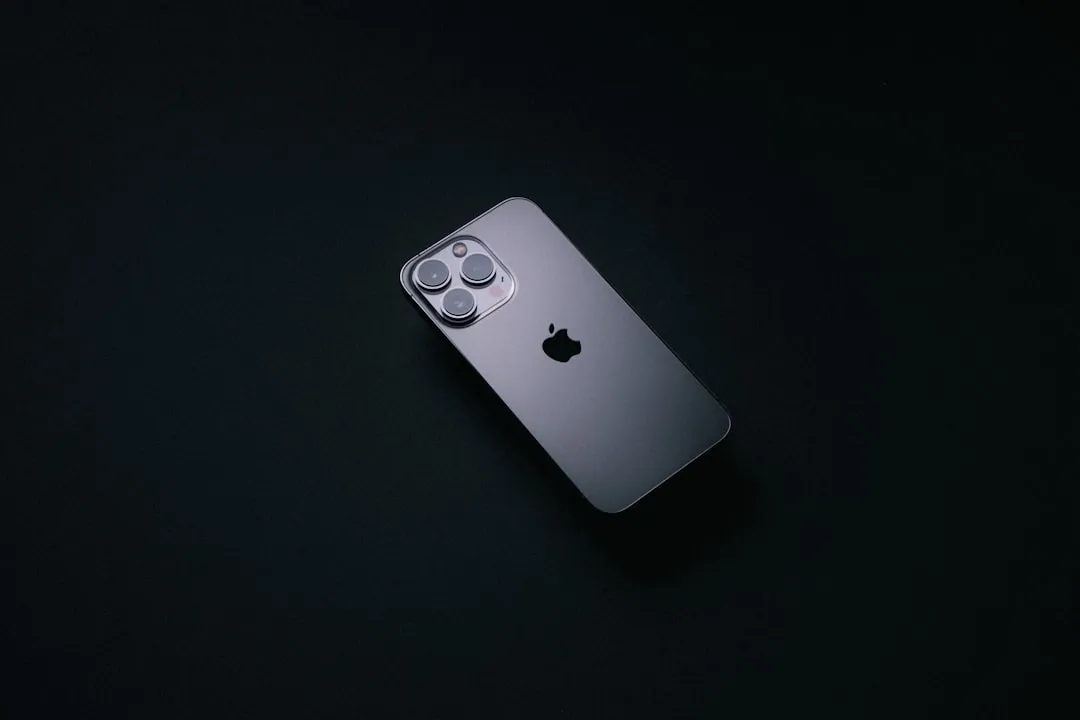
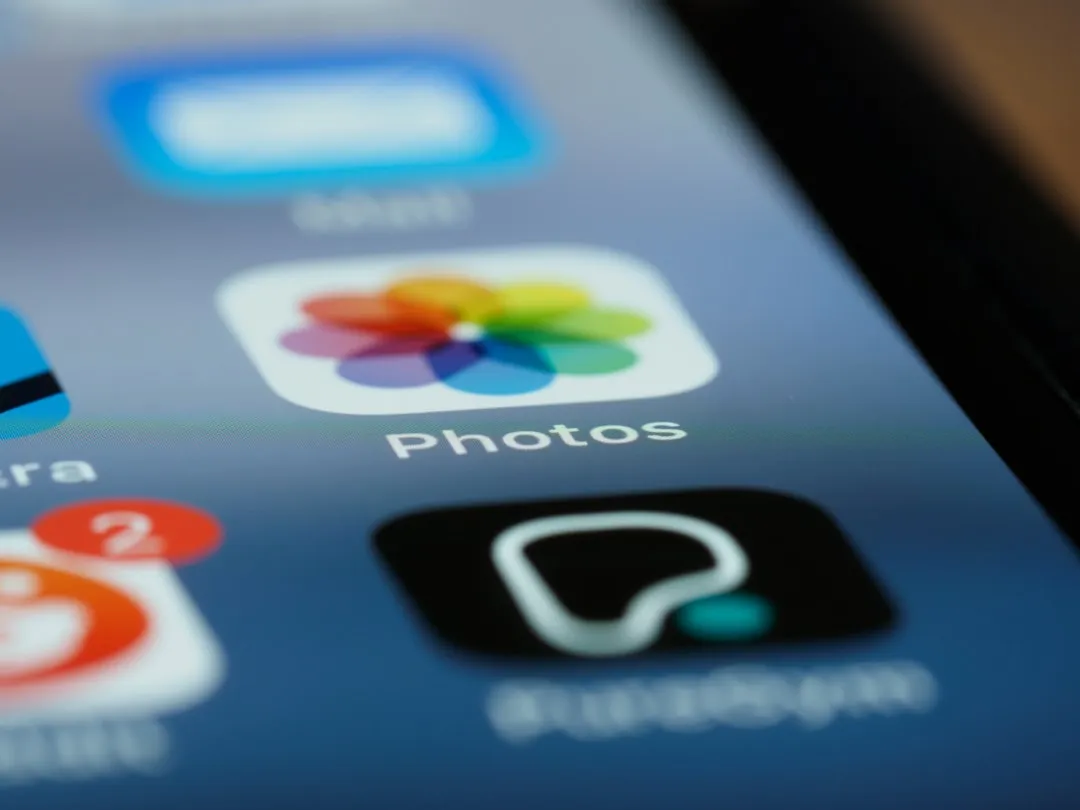
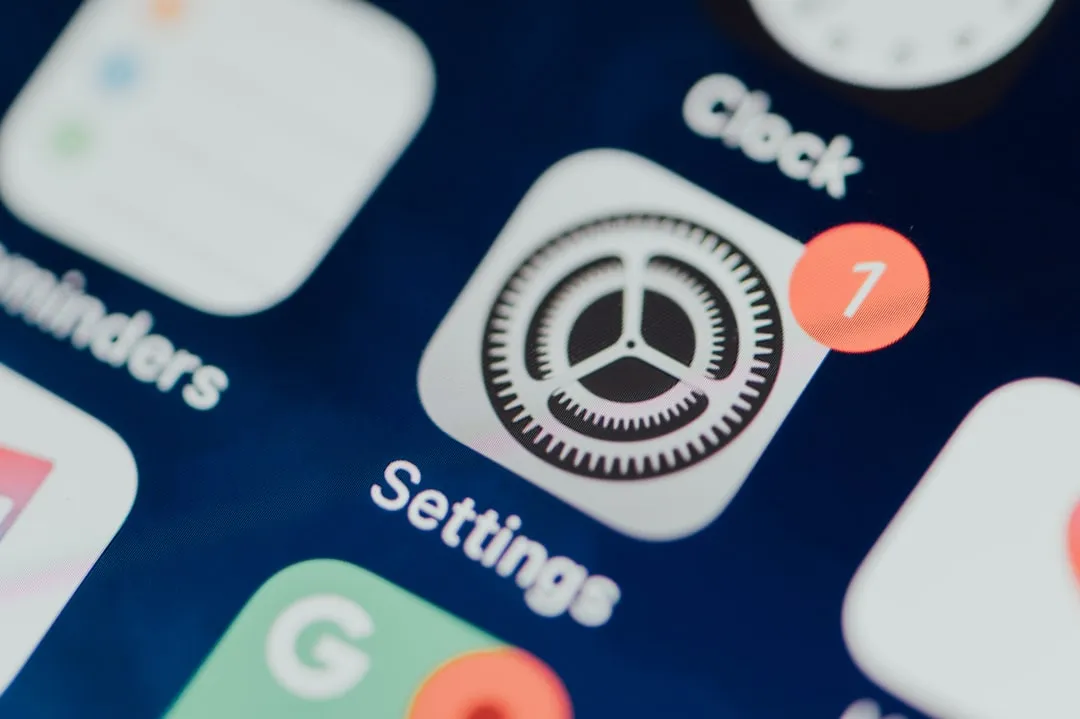
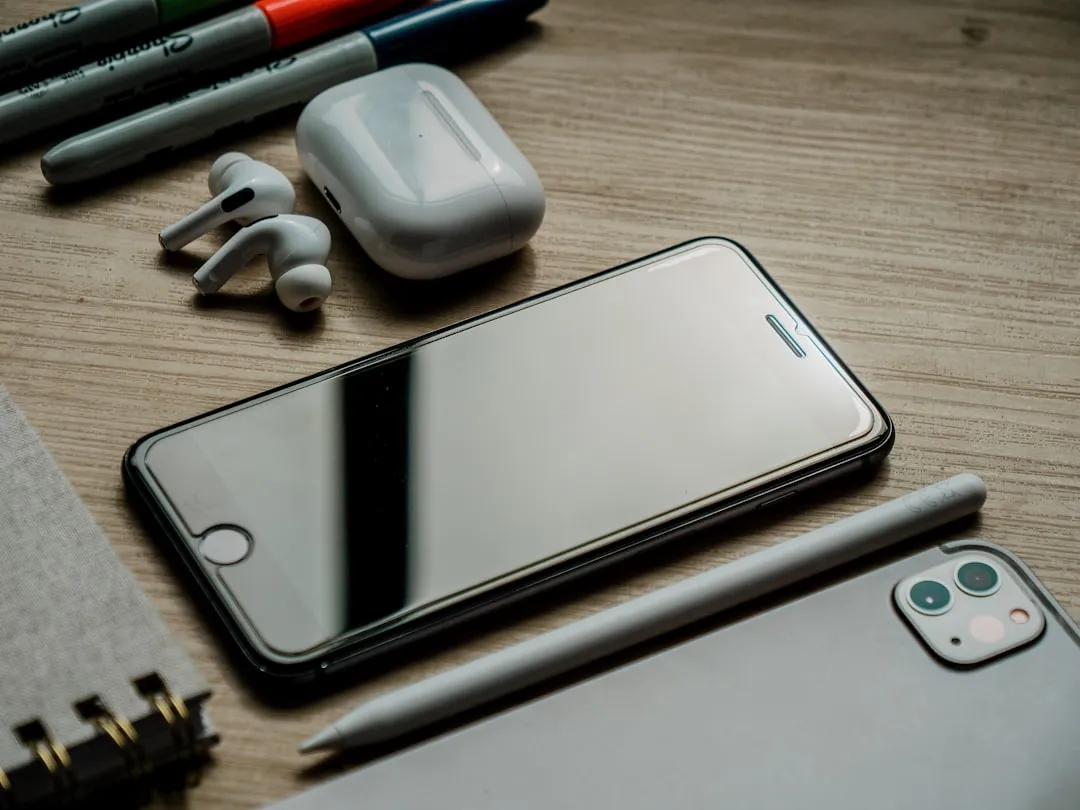

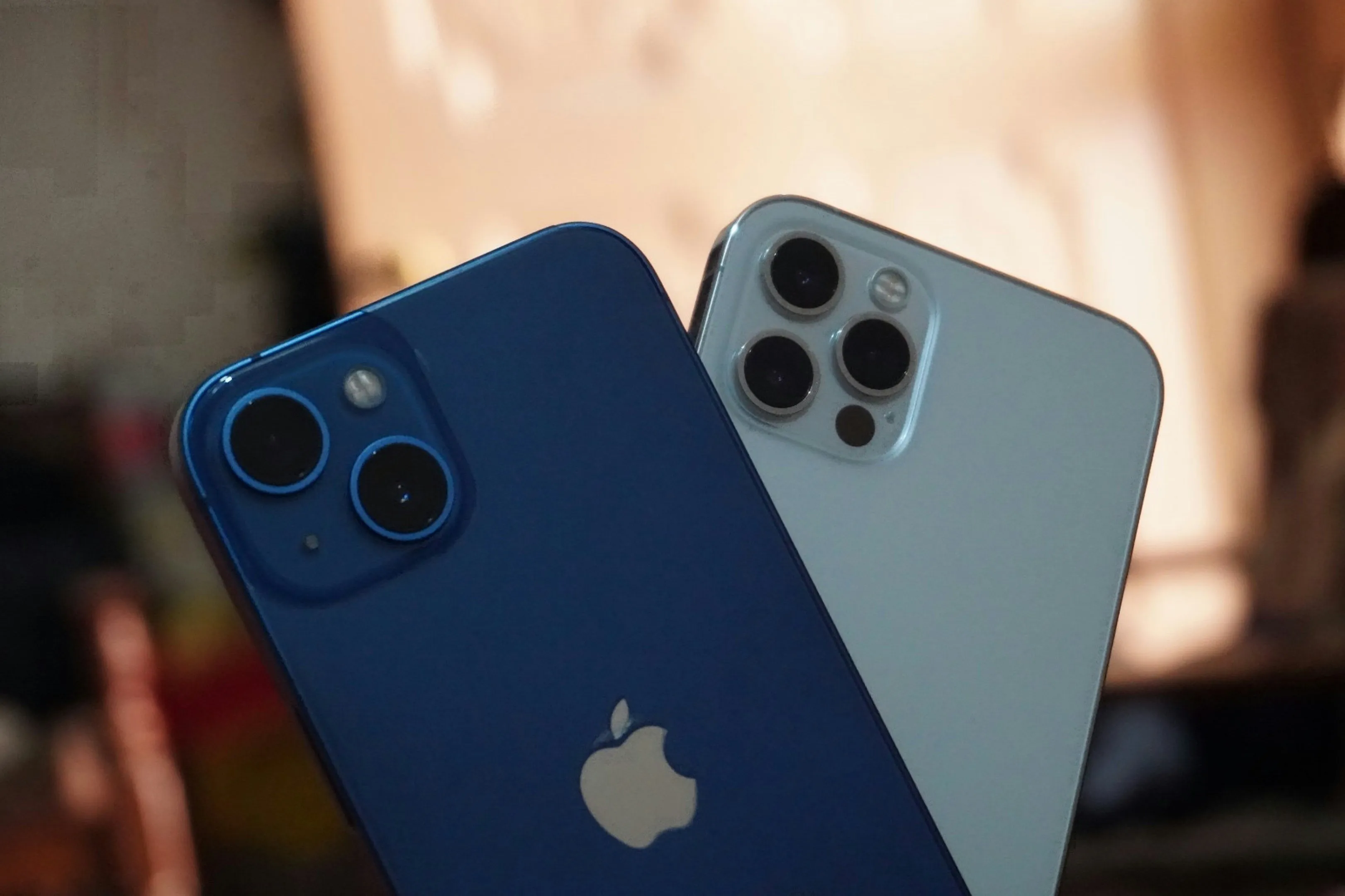

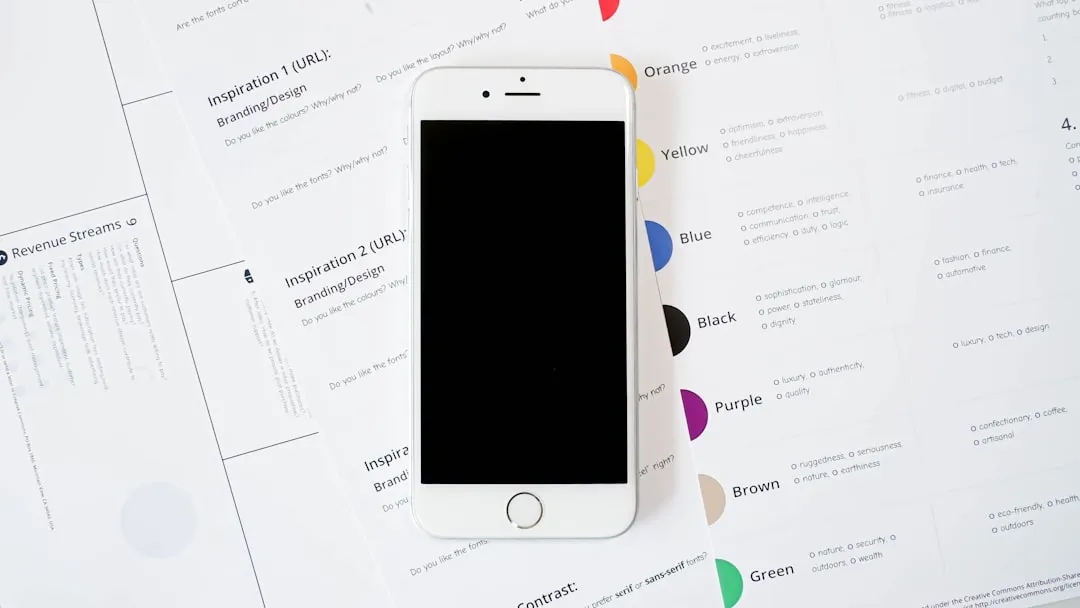
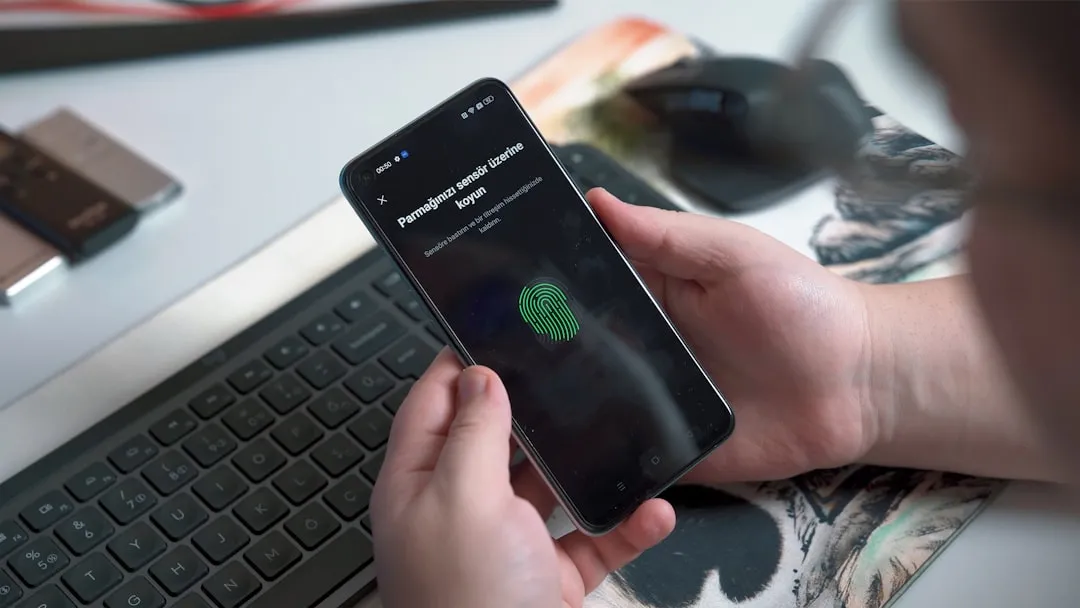
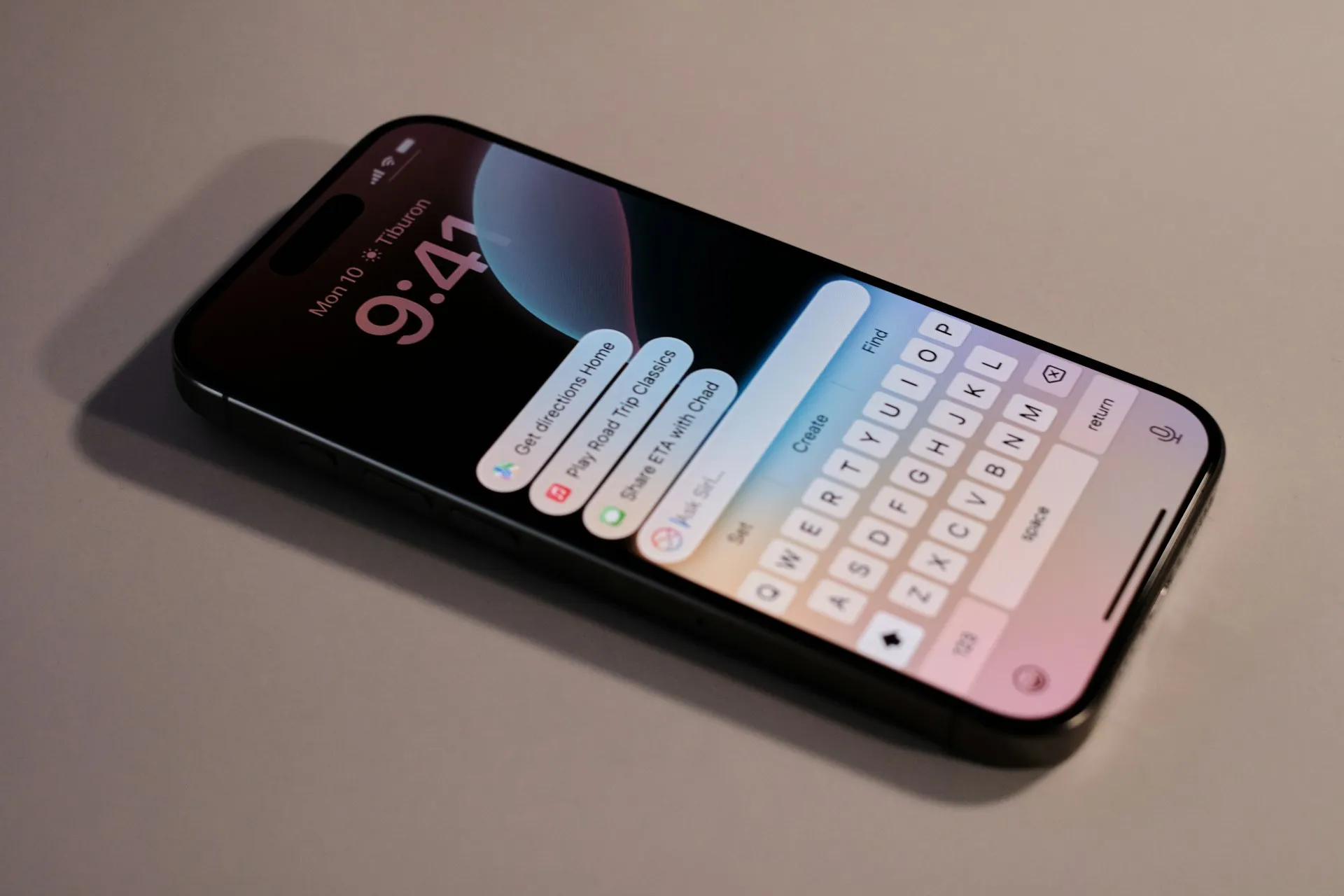

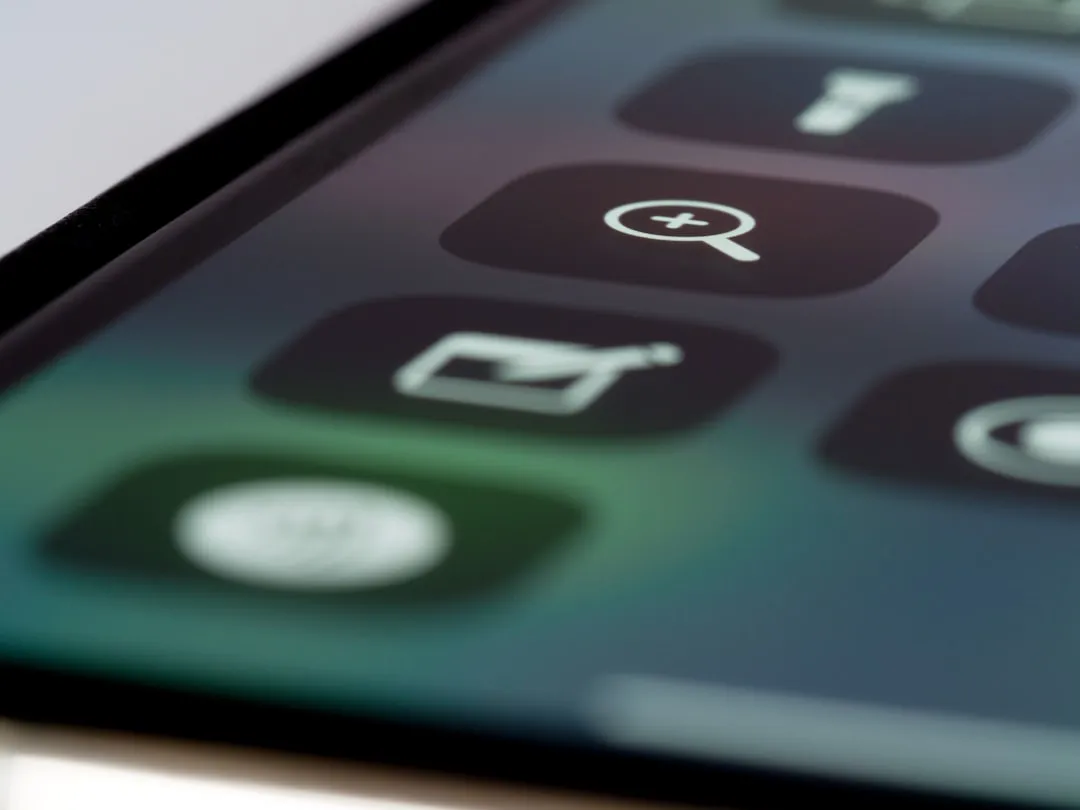
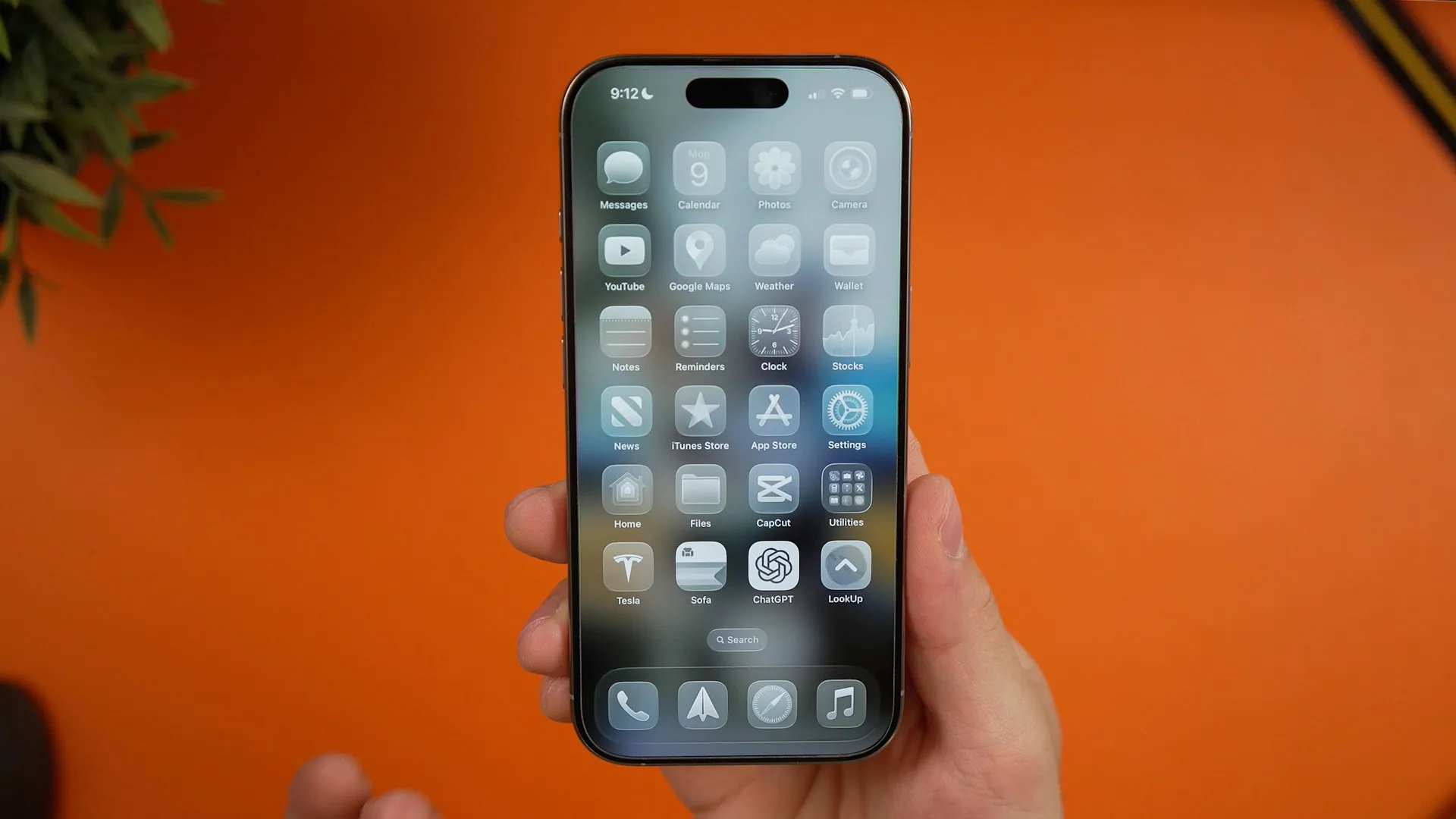
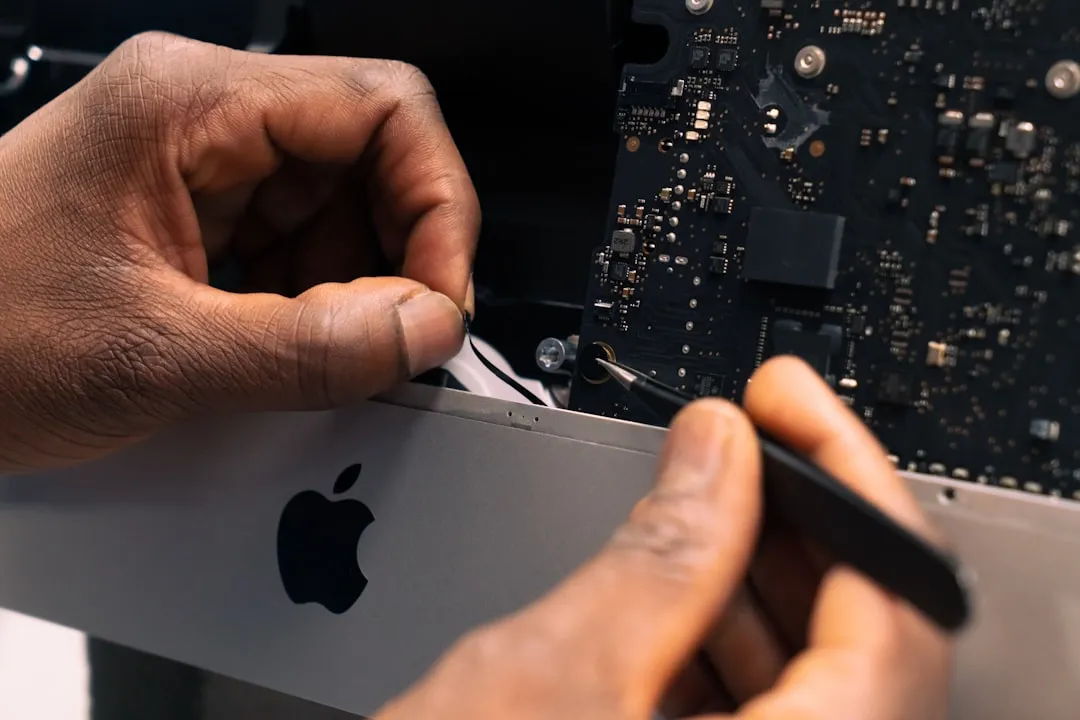
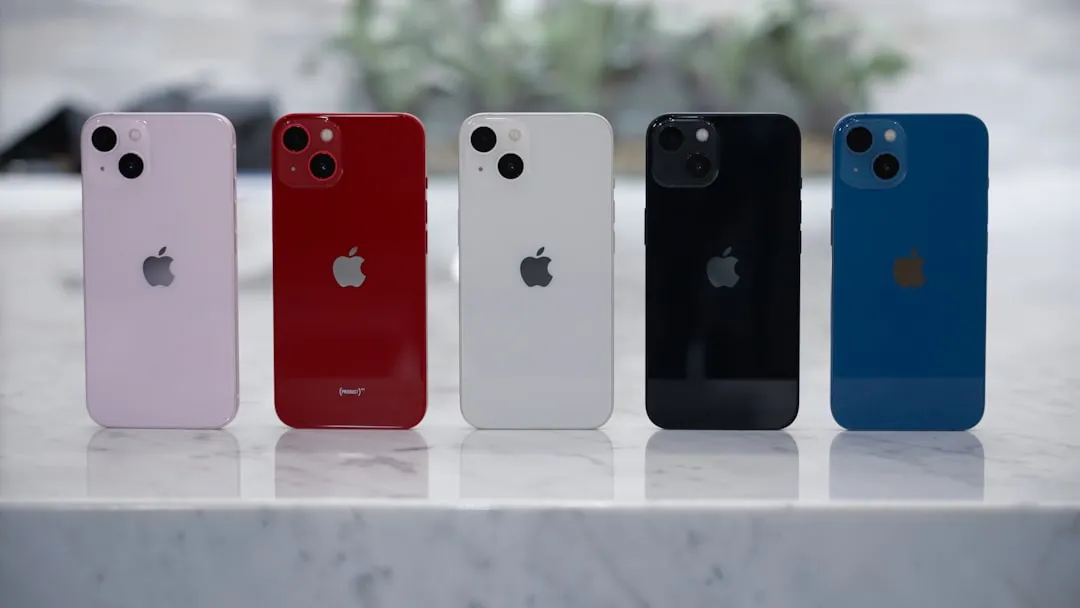
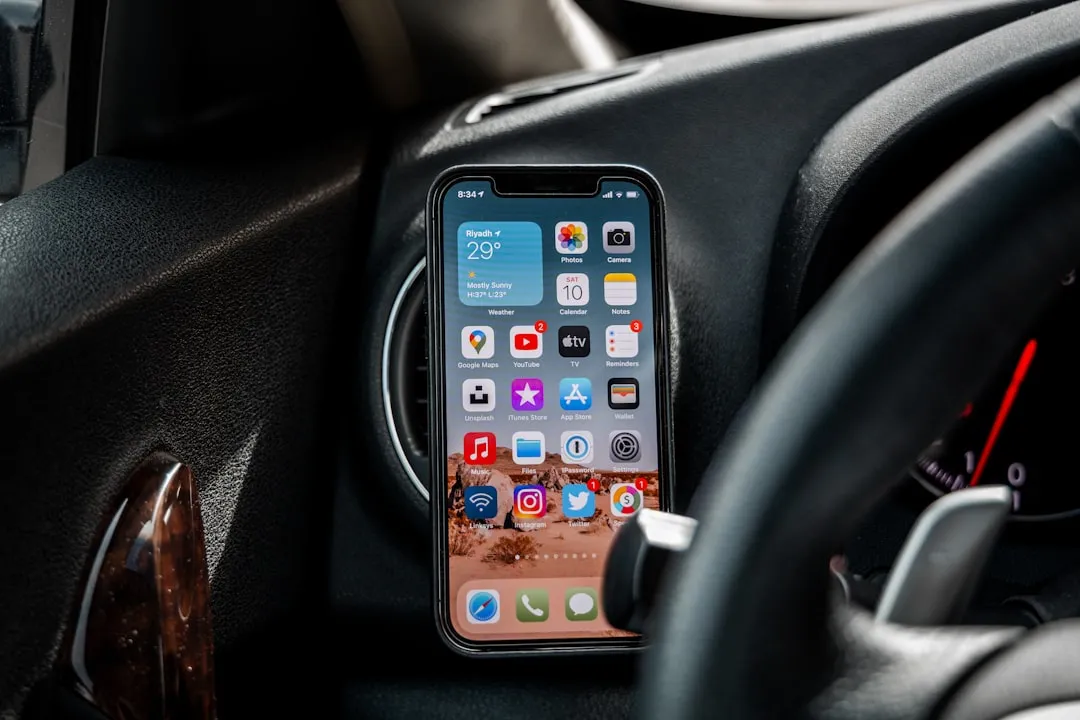


Comments
Be the first, drop a comment!